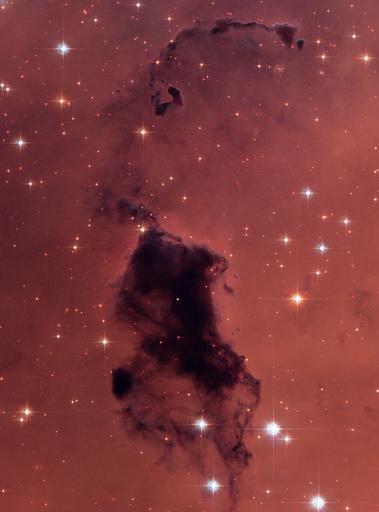MAKE A MEME
View Large Image

| View Original: | Nearby_Dust_Clouds_in_the_Milky_Way.jpg (2873x3885) | |||
| Download: | Original | Medium | Small | Thumb |
| Courtesy of: | www.flickr.com | More Like This | ||
| Keywords: bok globules bokglobules ngc 281 ngc281 texture The yearly ritual of spring cleaning clears a house of dust as well as dust "bunnies", those pesky dust balls that frolic under beds and behind furniture. NASA/ESA Hubble Space Telescope has photographed similar dense knots of dust and gas in our Milky Way Galaxy. This cosmic dust, however, is not a nuisance. It is a concentration of elements that are responsible for the formation of stars in our galaxy and throughout the universe. These opaque, dark knots of gas and dust are called Bok globules, and they are absorbing light in the center of the nearby emission nebula and star-forming region, NGC 281. The globules are named after astronomer Bart Bok, who proposed their existence in the 1940's. The yearly ritual of spring cleaning clears a house of dust as well as dust "bunnies", those pesky dust balls that frolic under beds and behind furniture. NASA/ESA Hubble Space Telescope has photographed similar dense knots of dust and gas in our Milky Way Galaxy. This cosmic dust, however, is not a nuisance. It is a concentration of elements that are responsible for the formation of stars in our galaxy and throughout the universe. These opaque, dark knots of gas and dust are called Bok globules, and they are absorbing light in the center of the nearby emission nebula and star-forming region, NGC 281. The globules are named after astronomer Bart Bok, who proposed their existence in the 1940's. | ||||